Targeted Household Pests
Creepy crawlies and things that go bump or squeak in the night are a homeowner’s (or renter’s) worst nightmare. Luckily, we are here to offer a proven method to treat home infestations that don’t involve spraying the whole shebang with toxic chemicals. These creatures, like most living organisms cannot survive at temperature above 50°C.
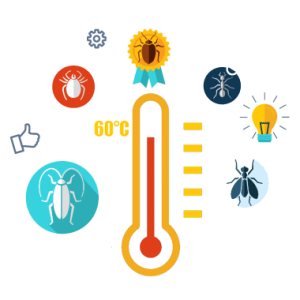
Appearance: Bed bugs are flat, reddish-brown, oval insects up to 4 to 5 mm long or the size of an apple seed. Swollen and reddish after a blood meal.
Behavior, Diet & Habits: Bed bugs only feed on blood. Under cool conditions, bed bugs have been able to survive up to a year without a meal. They prefer to be more active at night when the host is asleep. Bed bugs are found in cracks and crevices, including mattress seams, sheets, furniture, behind baseboards, electrical outlet plates and picture frames. Often found in hotels, where they can travel from room to room and in visitors’ luggage or other personal belongings such as purses and briefcases.
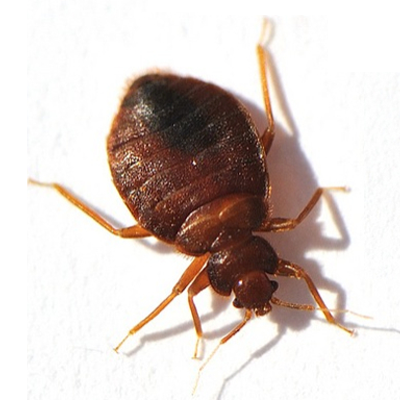
Bed bugs
Cannot survive over 50°C
Appearance: White to brown-grey or bluish-silver in color, silverfish are teardrop-shaped insects that measure up to 12-19 mm in length. Three long bristles on rear. Grow from egg to adult without visible change in appearance.
Behavior, Diet & Habits: Capable of thriving in most climates, silverfish prefer to dwell in dark, damp areas such as basements, attics, kitchens and bathrooms. They are especially attracted to paper and damp clothing. Commonly found in stored boxes in garages and sheds.
Silverfish feed on carbohydrates, particularly sugars and starches. Cellulose, shampoos, glue in books, linen, silk and dead insects may be food sources. Have been found in unopened food packages.
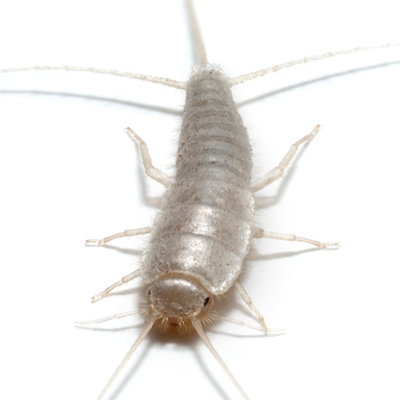
Silverfish
Deadly Temperature 50°C
Appearance: There are thousands of mite species, the majority of which measure less than 1 mm in length. Like other arachnids, their bodies are comprised of the prosoma and abdomen, and mites bear four pairs of legs.
Behavior, Diet & Habits: Beginning as eggs, these arachnids develop through larval and pupal stages prior to full maturation. They can survive on land and in water. Although most mites are not harmful to animals, some species are parasitic in nature. Parasitic mites that attack animal hosts can cause severe skin irritation known as mange. Bird mites are similarly bothersome to poultry, while spider mites are destructive to crops. Some parasitic species are more dangerous than others, as they reside within the respiratory tracts of their hosts. Others, such as chiggers, can transfer dangerous diseases.

Dust Mites
Deadly Temperature 50°C
Appearance: Adults fleas are small, wingless, about 2.5 mm long. Their bodies are shiny and reddish brown in color. Covered with microscopic hair and are compressed to allow for easy movement through animal fur.
Behavior, Diet & Habits:Adults are parasites that draw blood from a host. Larvae feed on organic debris, particularly the feces of adult fleas, which contain undigested blood. Fleas commonly prefer to feed on hairy animals such as dogs, cats, rabbits, squirrels, rats, mice and other domesticated or wild animals. Fleas do not have wings, although they are capable of jumping long distances.
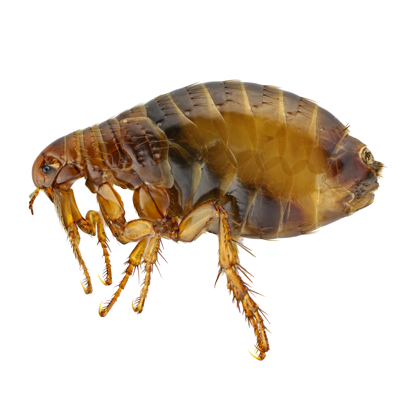
Fleas
Deadly Temperature 50°C
Appearance: Ticks vary in color by species. Adult ticks can be smaller than a sunflower seed (over 1 cm long if engorged with blood), while tick larvae can be less than 1 mm. Common problem ticks include the American dog tick, deer or blacklegged tick and lone star tick. tick picture.
Behavior, Diet & Habits: Often found near wooded and highly vegetated areas. Some species require moisture to survive. Females and males of most species feed on blood of mammals, birds and reptiles. Each tick species does have a preferred host, although most ticks will feed on whatever blood is available to them. Thus, ticks are known to bite livestock, deer, humans, dogs and cats.

Ticks
Deadly Temperature 50°C
Ant Life Cycle:
The ant life cycle has four distinct and very different life stages: egg, larvae, pupae and adult. This is known as complete metamorphosis. It generally takes from several weeks to several months to complete the life cycle, depending upon the ant species and environmental factors.
Once the pupal stage is complete, the adult ant comes on the scene. At the time of emergence, the adult ant is fully grown, but darkens in color as it ages. Adult ants are one of three different colony castes; queens, workers or males. Queens are fertile females that lay all the eggs in a colony. Workers are females that do not reproduce, but do gather food; feed the larvae; and maintain and clean the nest. Workers are wingless, and it is the worker stage that is seen foraging around for food or defending the colony from intruders. The male ants are winged, but their only job is to mate with the queens during the swarming process.

Ants
Deadly Temperature 50°C
Appearance: There are several species of dampwood termites in the United States and Canada. Dampwood termites are much larger than the subterranean termites that are common across the country. The swarmers (winged termites) can be 25 mm long, including their wings. The soldiers can be as large as 20 mm. They have a large head with mandibles (pincers) on the front. There are no dampwood termite workers. The immature termites do the work in the colony. The immature termites can be as much as 20 mm long.
Behavior, Diet & Habits: Dampwood termites get their name from the damp, sometimes decaying, wood that they use to locate their colonies. Dampwood termites do not typically nest in the soil. They will invade wood that is on the ground, especially if it is decaying. Dampwood termites are common along the Pacific coast. They are considered an economic pest.

Termites
Deadly Temperature 50°C
Appearance: Usually gray, less than 4 to 7.5 mm long with four black stripes on the thorax.
Behavior, Diet & Habits: They prefer corners and edges or thin objects to rest on. Indoors, they rest on floors, walls and ceilings during the day. Outdoors, they will rest on plants, the ground, fence wires, garbage cans, etc. Night resting places are usually near sources of food and 5 to 15 feet off the ground. House Flies prefer wide variety of food, including human food, animal food and carcasses, garbage and excrement.
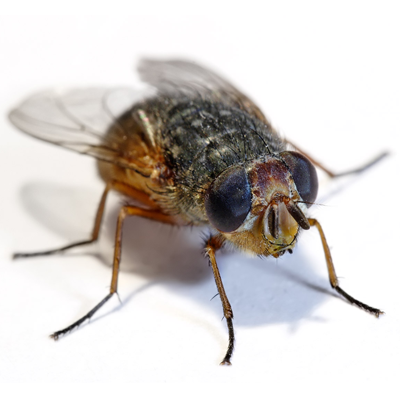
House Flies
Deadly Temperature 45°C
Appearance: Adults can be slightly more than 50 mm (3 inches) long. They are reddish brown or mahogany colored. The area behind their heads is outlined with yellow band.
Behavior, Diet: Both male and female American cockroaches can fly. The wings develop when the roaches become adults. American cockroaches normally live outdoors. They prefer warm, damp areas like flowerbeds, and under mulch. American cockroaches enter homes to find water or food. They can easily pass under doors if the weather stripping is damaged. Basement windows and garages are also common entryways. When American cockroaches enter homes, they often go to bathrooms, kitchens, laundry rooms and basements.

Cockroaches
Deadly Temperature 50°C


